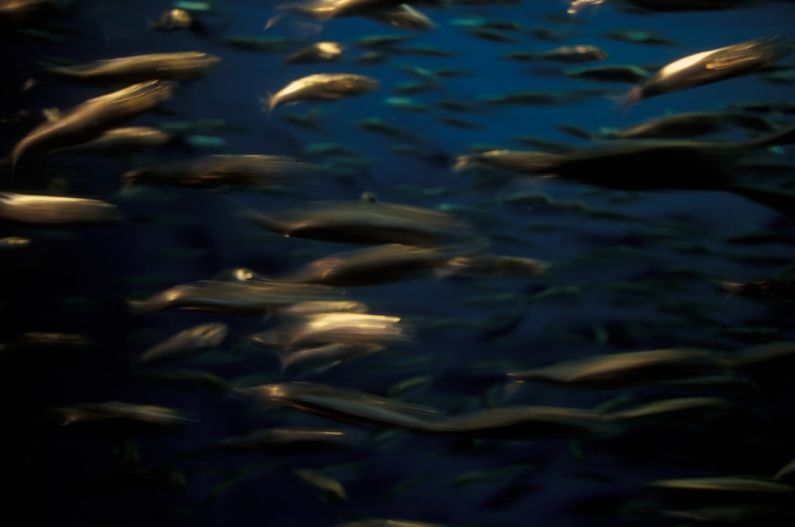Underwater Agriculture: Farming the Ocean Floor
Exploring the Depths: The Rise of Underwater Agriculture
Imagine a future where our food is not only grown on land but also beneath the ocean’s surface. This concept might sound like something out of a sci-fi movie, but underwater agriculture is a real and growing practice that could revolutionize the way we produce food. As our population continues to grow, the need for sustainable food sources becomes increasingly urgent. Underwater agriculture offers a promising solution to this challenge by tapping into the vast potential of the ocean floor for cultivation.
Unleashing the Potential of the Ocean Floor
The ocean covers more than 70% of the Earth’s surface, yet only a small fraction of it has been explored for agricultural purposes. Underwater agriculture involves cultivating crops and raising aquatic animals in underwater environments such as seabeds, coastal areas, and even deep-sea habitats. By utilizing the ocean floor for farming, we can expand our food production capabilities and reduce the pressure on terrestrial ecosystems.
Harnessing Natural Resources
One of the key advantages of underwater agriculture is the abundance of natural resources available in the ocean. Seawater can be used for irrigation, eliminating the need for freshwater resources that are becoming increasingly scarce on land. Additionally, the ocean provides a nutrient-rich environment that can support the growth of a wide variety of crops and marine species. By harnessing these natural resources, underwater farmers can create sustainable and resilient food systems that are less vulnerable to climate change and environmental degradation.
Diverse Cultivation Opportunities
Underwater agriculture offers a unique opportunity to diversify our food production systems. Seaweeds, kelps, and other marine plants can be cultivated for food, biofuels, and other valuable products. These underwater crops are not only nutritious but also have a lower environmental impact compared to traditional land-based agriculture. In addition to plants, underwater farmers can raise a variety of aquatic animals such as fish, shellfish, and seaweed-eating sea urchins. This diverse range of cultivation opportunities allows underwater farmers to create integrated and self-sustaining ecosystems that benefit both people and the environment.
Challenges and Innovations
While underwater agriculture holds great promise, it also presents unique challenges that must be addressed. One of the main obstacles is the technical complexity of farming in underwater environments, which requires specialized equipment and expertise. Innovations such as underwater drones, automated monitoring systems, and floating platforms are being developed to overcome these challenges and make underwater farming more efficient and cost-effective.
Another challenge is the potential impact of underwater agriculture on marine ecosystems. Careful planning and monitoring are essential to ensure that farming activities do not harm local biodiversity or disrupt marine habitats. By working in collaboration with scientists, policymakers, and local communities, underwater farmers can develop sustainable practices that protect the health of the ocean while meeting the growing demand for food.
Harvesting a Sustainable Future
In conclusion, underwater agriculture has the potential to transform our food systems and create a more sustainable future for the planet. By harnessing the natural resources of the ocean and embracing innovative technologies, we can unlock the full potential of the underwater world for food production. As we continue to explore and expand our knowledge of underwater farming, we can pave the way for a more resilient and diverse food system that benefits both people and the planet. Let’s dive into the depths of underwater agriculture and harvest a sustainable future for generations to come.






